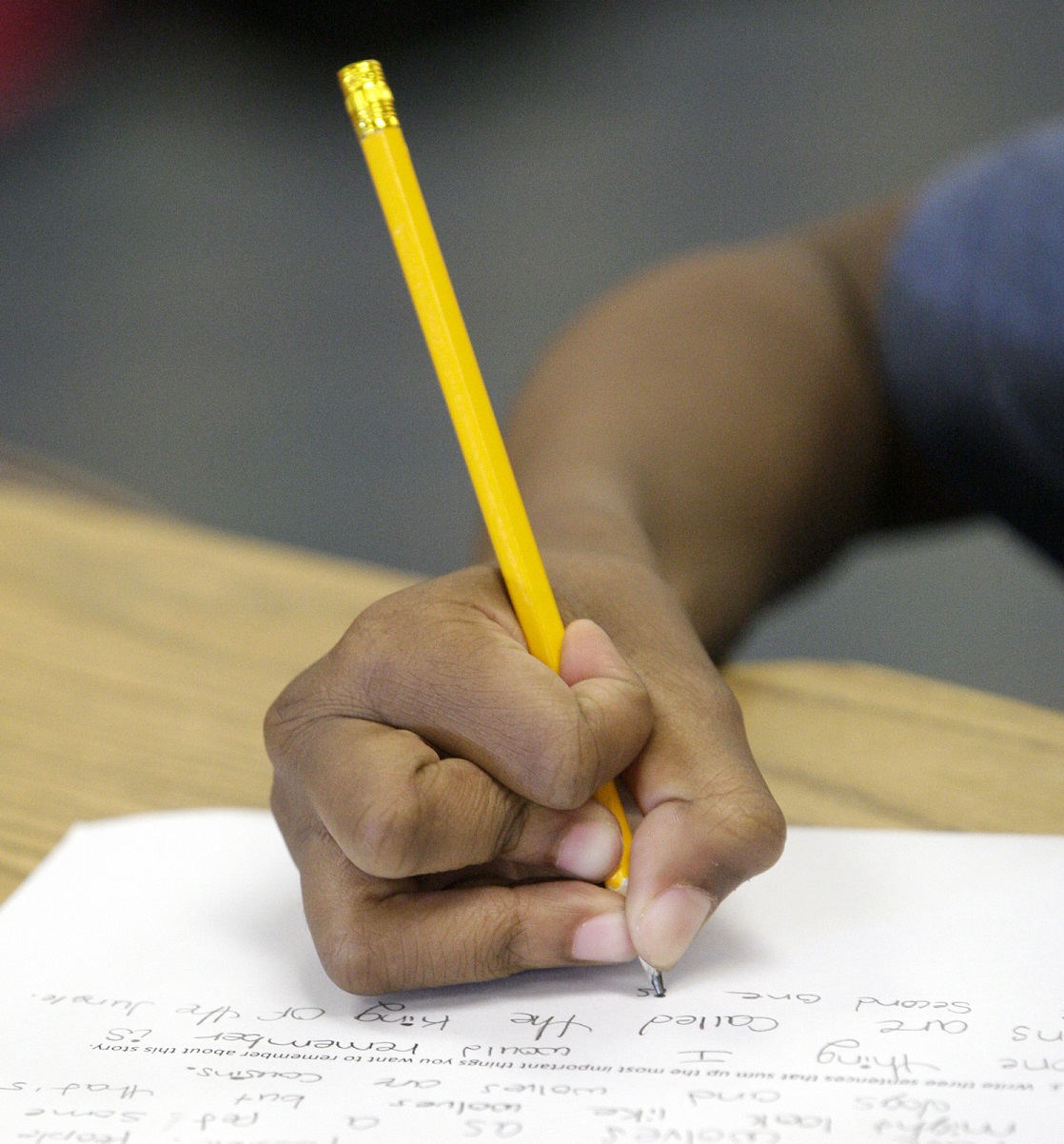Education committee reviews racial disparities, poor student outcomes

Minnesota continues to rank among the worst states in terms of educational outcomes for students of color.
To better understand the stark contrast between outcomes for white students and students of color, the House Education Policy Committee spent Monday hearing from experts on racial disparities in the state’s education system and how they can be addressed. The committee plans to review the recently published report from the House Select Committee on Racial Justice and continue the conversation next week with public testimony.
Discipline practices
One area where significant racial disparities persist is in the use of exclusionary discipline practices, according to Bernadeia Johnson, an assistant professor at Minnesota State University, Mankato and a former superintendent for Minneapolis Public Schools.
Johnson pointed to data showing that students who are Black, Indigenous, or students of color are significantly more likely to be suspended or expelled from school compared to their white peers when engaging in similar offenses.
For example, while Black youth make up 11% of students in Minnesota, they account for 41% of expulsions, according to Johnson. Additionally, Indigenous students make up 1.6% of the state’s student population but are 10 times more likely to be suspended.
“No matter how many times I see this data it is so stark,” said Rep. Ruth Richardson (DFL-Mendota Heights), the committee chair.
Frequent absenteeism correlates to poorer outcomes for students in school and life, Johnson said.
“The point being about suspensions that they remove Black, brown and Indigenous students from the learning environment and there’s a significant body of research demonstrating a correlation between exclusionary discipline practices and an increased likelihood of not graduating from high school,” she said.
Lack of teachers of color
Racial disparities also persist in the teaching workforce, with nearly 4 out of 5 teachers within urban schools identifying as white compared to 50% of youth identifying as a student of color, according to Mary Frances Clardy, a St. Paul Public Schools teacher.
“We have an increasingly large gap between the diversity of our teaching workforce and the diversity of our student population, which, if left unchecked, will diminish the learning experience for all students,” she said.
Clardy suggested one way to help get more teachers of color back into the profession is through collaborative educator and mentorship programs.
Related Articles
Search Session Daily
Advanced Search OptionsPriority Dailies
Ways and Means Committee OKs proposed $512 million supplemental budget on party-line vote
By Mike Cook Meeting more needs or fiscal irresponsibility is one way to sum up the differences among the two parties on a supplemental spending package a year after a $72 billion state budg...
Meeting more needs or fiscal irresponsibility is one way to sum up the differences among the two parties on a supplemental spending package a year after a $72 billion state budg...
Minnesota’s projected budget surplus balloons to $3.7 billion, but fiscal pressure still looms
By Rob Hubbard Just as Minnesota has experienced a warmer winter than usual, so has the state’s budget outlook warmed over the past few months.
On Thursday, Minnesota Management and Budget...
Just as Minnesota has experienced a warmer winter than usual, so has the state’s budget outlook warmed over the past few months.
On Thursday, Minnesota Management and Budget...